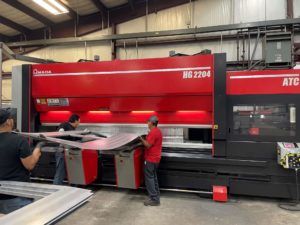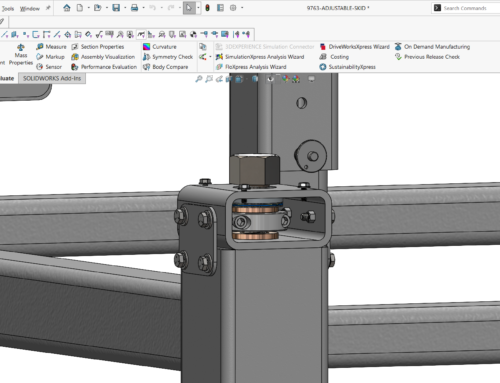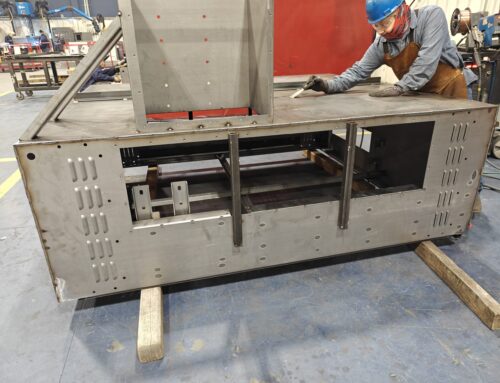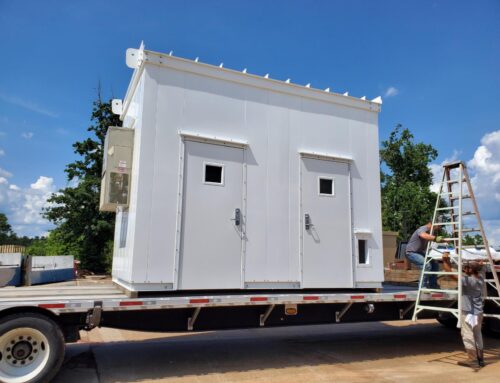Difficult parts don’t always seem difficult on the computer or on paper. When a buyer requests a quote for a custom fabrication, one of the best things they can do is bring an engineer into the conversation right from the very beginning.
Connecting engineers and fabricators up front is as simple as copying an engineer on the RFQ email. It not only streamlines the communication process for the buyer, but also helps reduce cost and lead time for many projects.
Here’s why it’s so important for engineers and fabricators to work together.
6 Reasons to Connect Engineers and Fabricators During the Quoting Process
1. Transfering critical knowledge.

Just because it’s possible to design a custom fabrication a certain way, doesn’t mean it’s the best way to manufacture it on the shop floor.
When engineers are involved in the quoting process, fabricators have the opportunity to pass on helpful DFM tips that can be applied to future custom fabrication designs.
At Ameritex, we’re happy to build parts to print if that’s what our customers prefer, but we can often offer advice that will save you valuable time and money.
2. Making design changes before orders are placed.
If fabricators need to recommend design changes after an order has already been placed, that back-and-forth communication and approval process inevitably eats into the project’s lead time.
Including an engineer in the quoting process helps ensure that there’s adequate time to make any design changes before the buyer actually needs to send the order.
3. Loosening non-critical tolerances.
One of the easiest ways to save money on custom fabrications is to loosen up non-critical tolerances because it directly reduces setup and operation time on the shop floor.
Fabricators and engineers can have a direct conversation about the functionality of a part to make this kind of determination.
4. Establishing strong relationships.
Having a strong relationship with an engineer allows fabricators to touch base quickly with a direct contact if they need to make changes to a design. This type of connection is especially important during prototyping when changes and iterations can occur frequently.
Buyers may appreciate the opportunity to duck out of these conversations and focus on other aspects of their job rather than being the middleman between both parties at all times.
5. Lending expertise during the design phase.
This next benefit is a direct result of fabricators establishing strong relationships with engineers!
At Ameritex, we have several engineer contacts who reach out to us regularly when they’re still in the design phase of an upcoming project. We’ll provide DFM advice from the beginning so that by the time the buyer gets the project, it’s so much easier for them to submit a quote.
6. Sharing and discussing 3D CAD models.
It’s possible to build a sheet metal part on modern equipment using only a 2D drawing. But a 3D model speeds up the entire process, saving customers on cost and lead time while delivering a higher quality part.
Bringing engineers in during the quoting process makes it much easier for fabricators to gain access to a 3D CAD model without requiring the buyer to track it down from the engineering department.
At the end of the day, fabricators just want to make life easier for everyone on both sides of a project.
At Ameritex, we’ve learned from experience that connecting with engineers in the beginning of the quoting process helps us get all the critical information we need while reducing pressure on buyers to be the ones gathering and communicating that information.
The engineers we work with also seem to appreciate the chance to talk about the parts they’ve designed and dig into the technical details with us.
Need sheet metal fabrication services for your next part? Request a quote today—and don’t forget to copy an engineer! 😉




